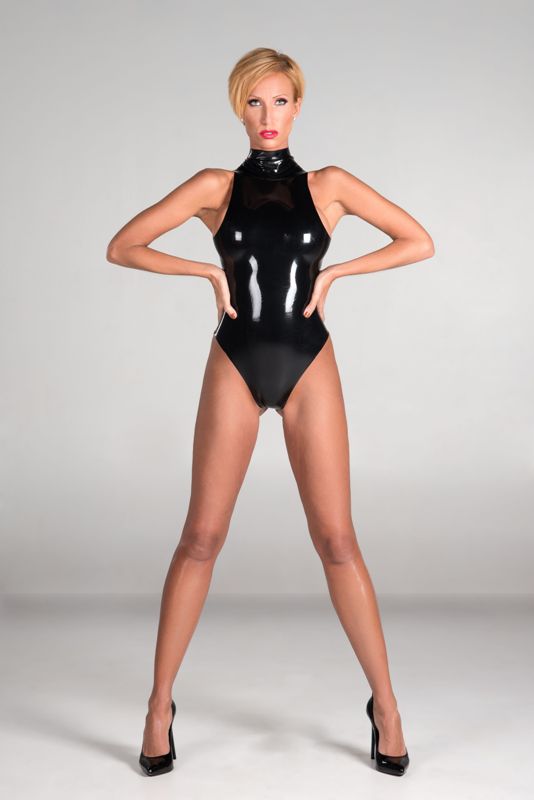In the industry just shy of two decades, Mico Couture Latex has seen a split of its principals. Josie of the brand will stay in charge with a re-branding, where Mico Couture will now be known as Northern Rubberworks. It is said the new company will feature innovations “in fetishwear, post-fetish, and rubberist lifestyle to the world from the industrial wastelands of West Yorkshire.” And while we applaud any move forward our fellow alt. fashion designers make, this bit of news prompts a question we hear the uninitiated alt. fashionista often ask: “Yeah, so what’s the difference between latex and rubber, anyway?”
To which we always answer…”Um, a lot.”
While both materials can be either taken from a natural source or created chemically, and on first blush–and if one does not touch or wear either material–they can look similar, they are different. But mostly, people find rubber generally more durable, latex more elastic, and flexible. It’s in these properties, and more, where we are likely to see specific uses for each: rubber used often in waterproof clothing and shoe wear, latex for what we all know from tights and catsuits…and beyond.
But, as you also are probably already aware, people do choose both to wear, picking from a wide range of alluring outfits, depending on what they want to feel against their skin and how they want their wardrobe to move.
Things get even more confusing (again, more for those who have never worn either kind of material) when we hear the word ‘Rubberist.’ This term can apply to anyone who enjoys wearing latex, rubber, or both.
When it comes to the kind of couture we make, champion, and hope Northen Rubberworks finds continued success with, what only ever matters is what the wearer likes and feels confident in wearing…be it rubber, latex, or both. And beyond.
